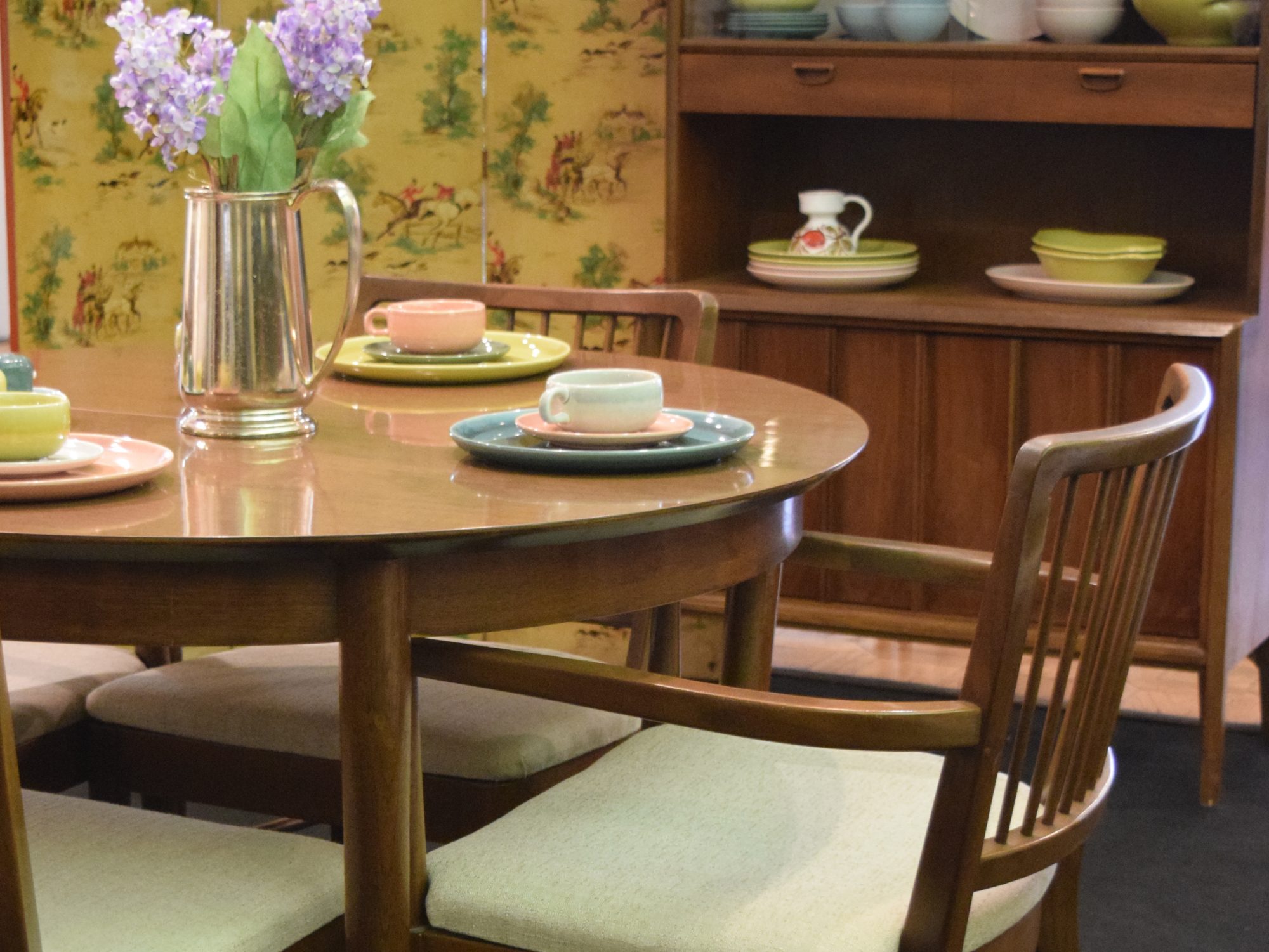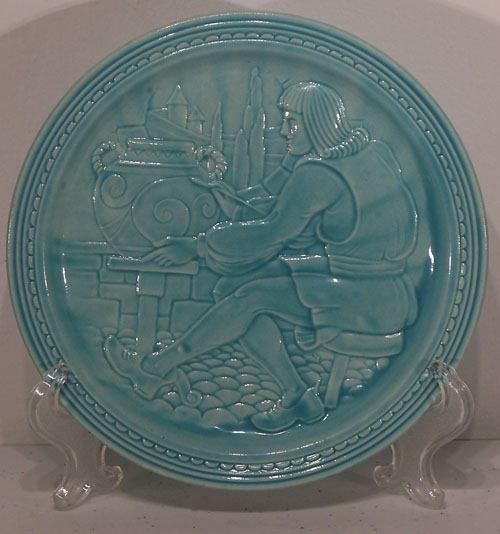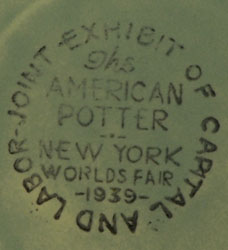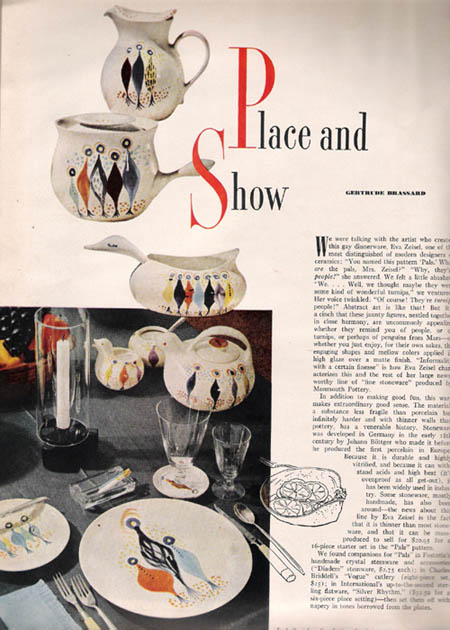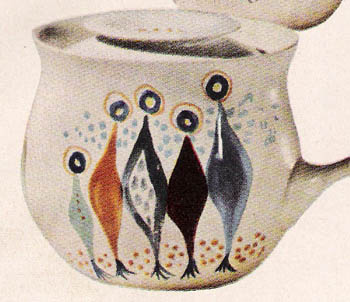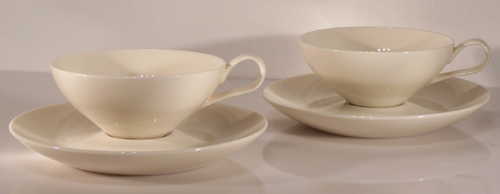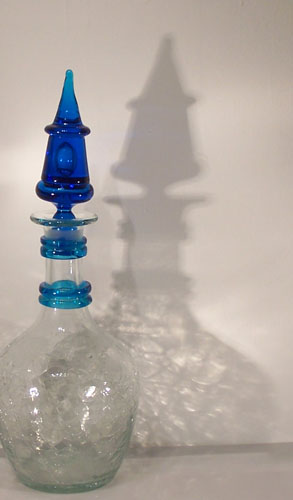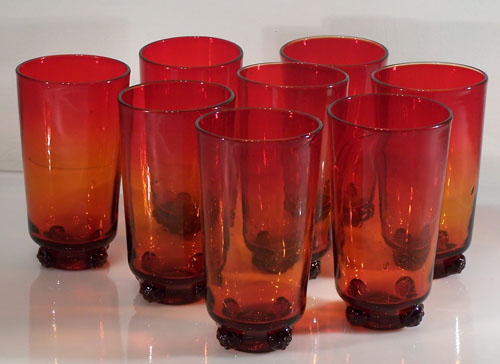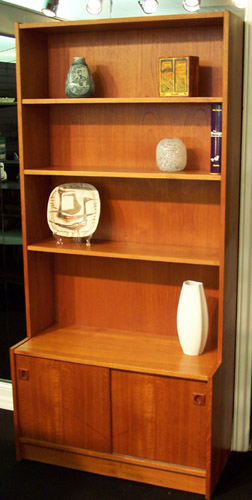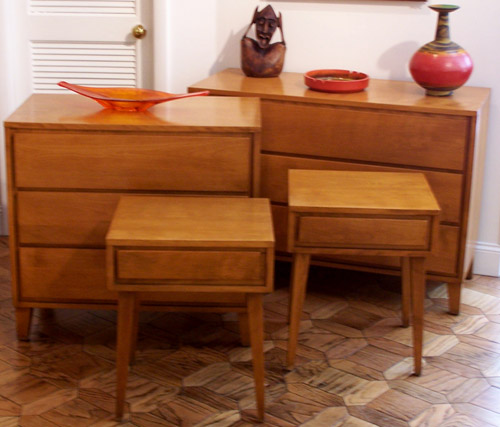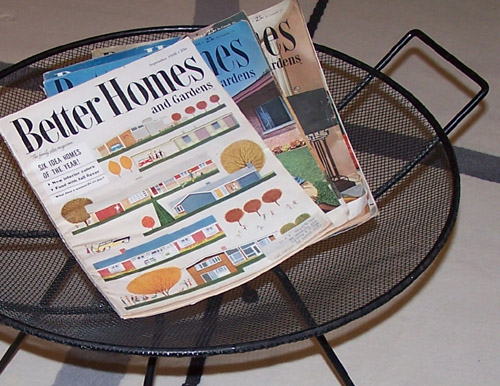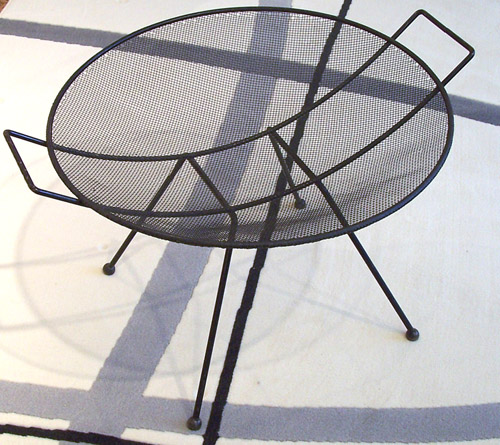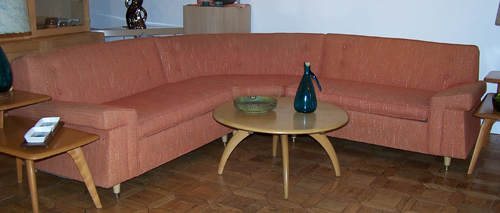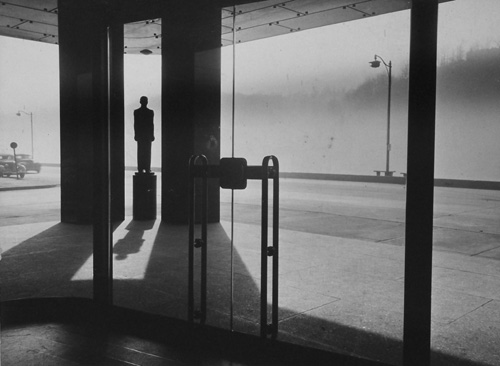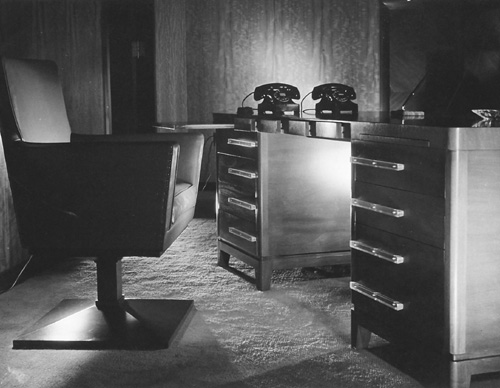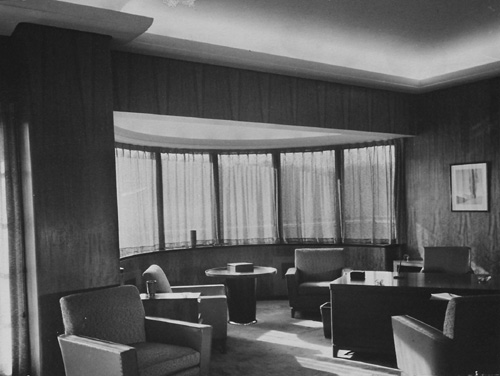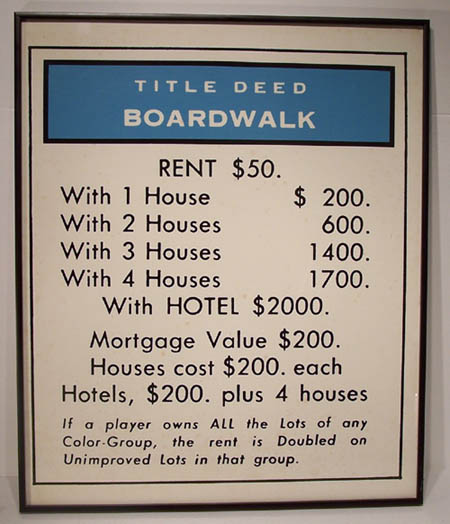
Parker Brothers Monopoly© Boardwalk Deed Poster – Image Masters Inc. – circa 1975
Late in spring photographs on the Design*Sponge blog featured the interior design of West Coast floral studio Wiggy Flowers that included a fabulous Pop Art graphic of a Monopoly© Deed on the wall. A bit nostalgic and also wonderfully modern, this bit of art triggered a discussion on the Apartment Therapy-Chicago blog on where to obtain one of these iconic images.
It seems finding one would be harder than it appears. The one shown in the Design*Sponge post had been created by Wiggy Flowers creative designer Catherine Conlin. Searches online netted little information except for two posters held by a Monopoly© collector.
I had recalled seeing these posts over the weekend while out on my usual hunt at some local estate sales when I came upon a framed Boardwalk Deed poster. Produced by Image Masters Inc. of Van Nuys, CA in the 1970’s this 24-1/4 inch by 20-1/4 inch graphic appears to be screen printed. Further digging seems to indicate this company is no longer in business.
The scarcity of these may be due to Parker Brothers tight licensing of the copyrighted graphics of the game. While the game play of Monopoly© is in public domain, the graphics used by Parker Brothers are not. It appears from markings on the piece I found that this was licensed.
As there had been considerable discussion on this topic in these other blogs I thought I’d share this find here.
